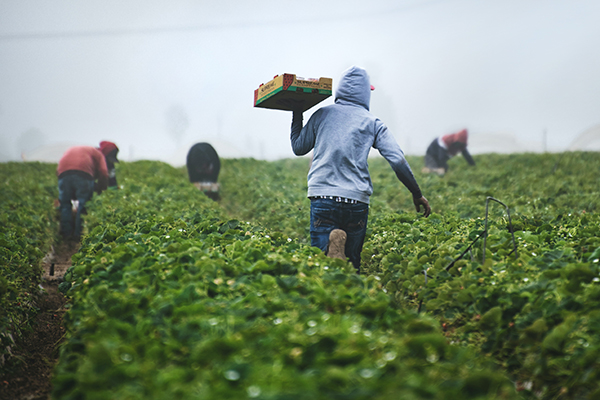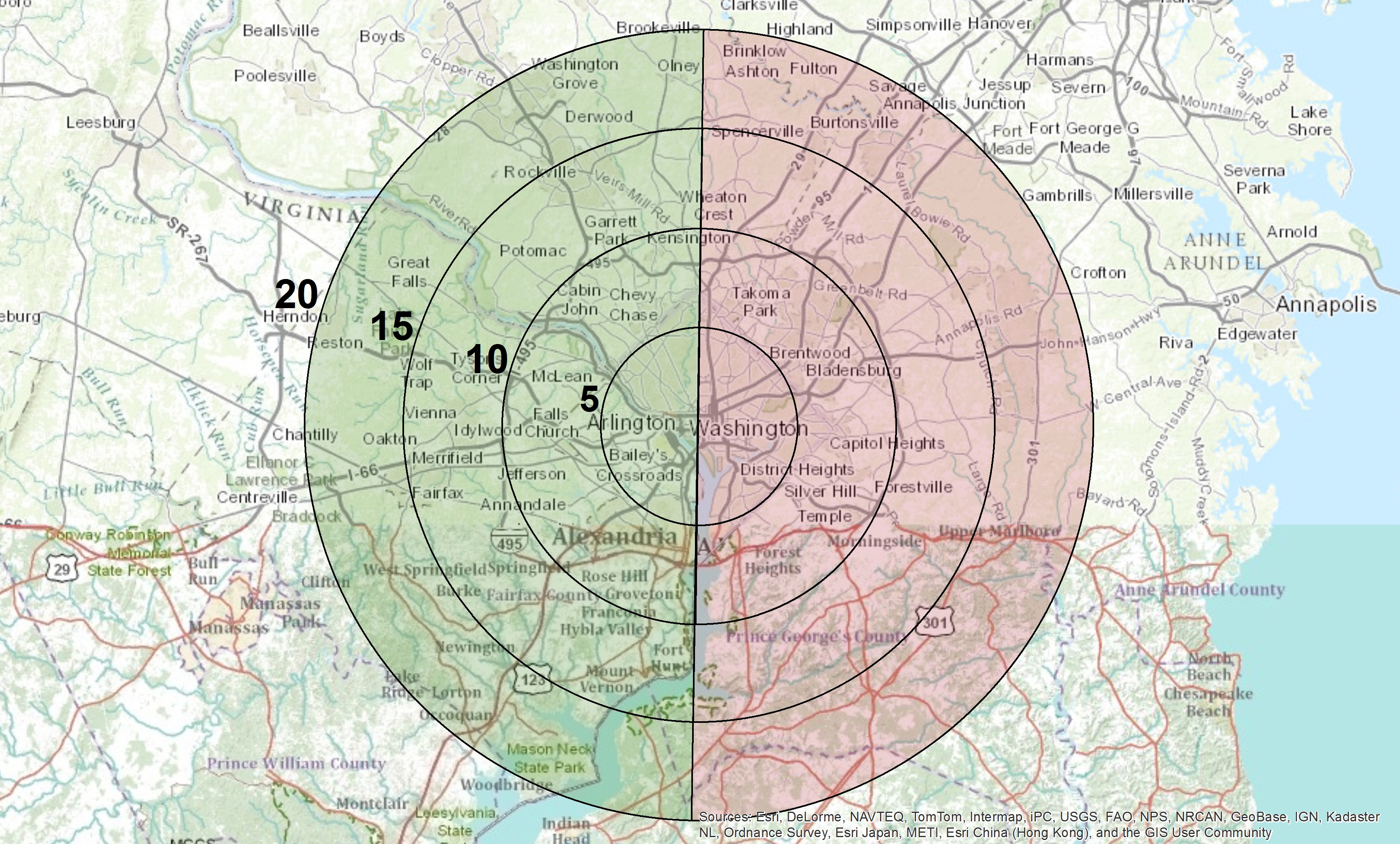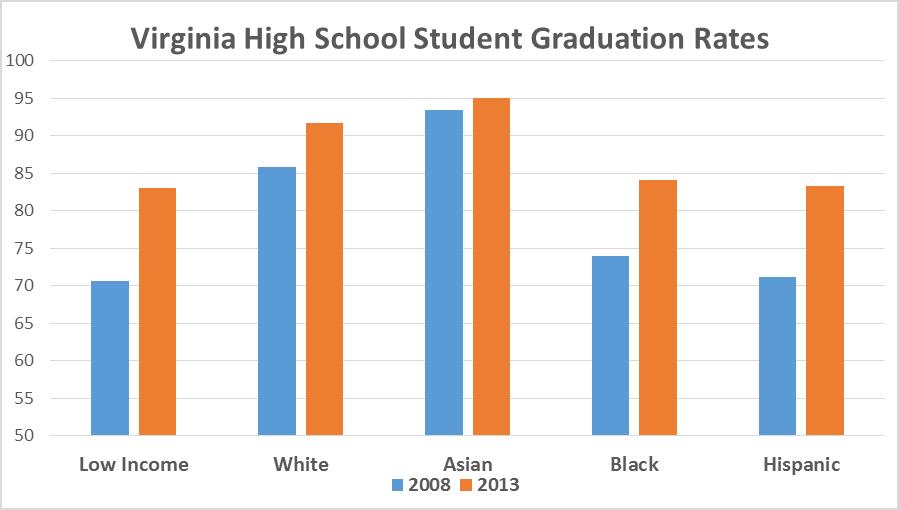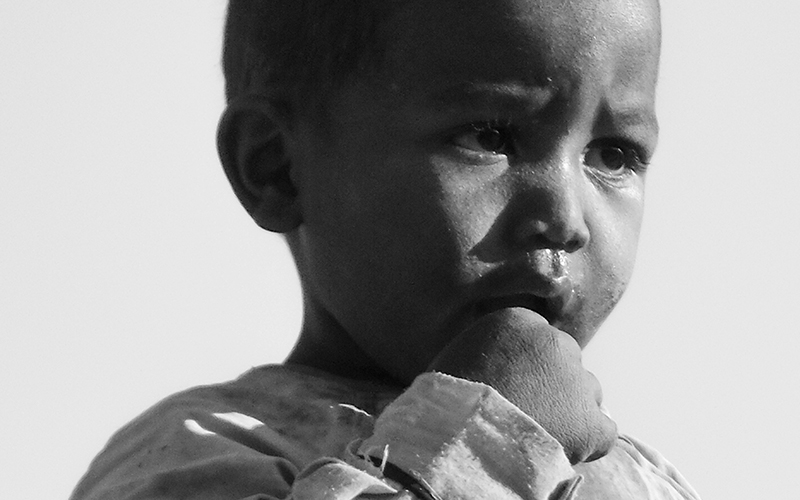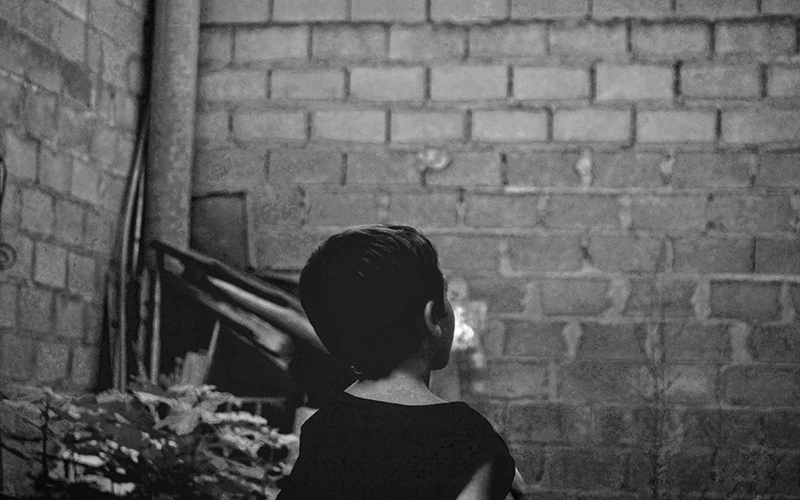Virginia’s changing economy
Recently, the Bureau of Labor Statistics published a map of industry sectors with the highest employment by state over the past couple of decades. The map shows clearly America’s shift from manufacturing to retail to healthcare. Retail trade has led in Virginia since 1996, even as the rest of the states have been taken over […]




